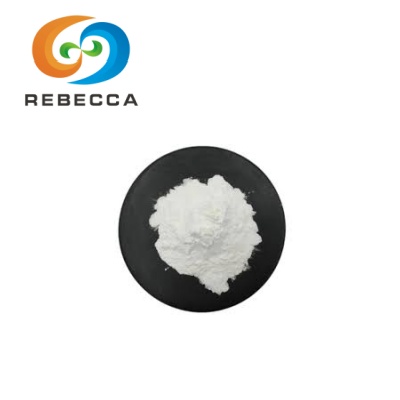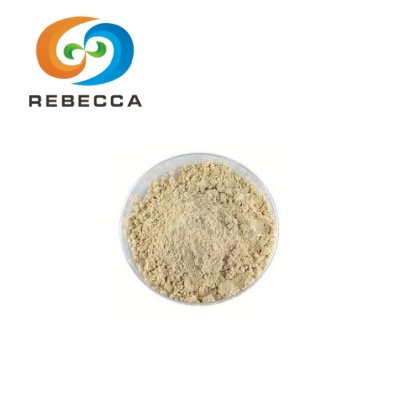Does honey extract have sugar?
Honey extract has gained popularity as a concentrated form of honey's beneficial compounds, but its sugar content varies significantly depending on the extraction method and processing techniques used. Unlike raw honey, which contains approximately 80% natural sugars, honey products can range from highly concentrated sugar forms to more refined preparations with reduced sugar content.
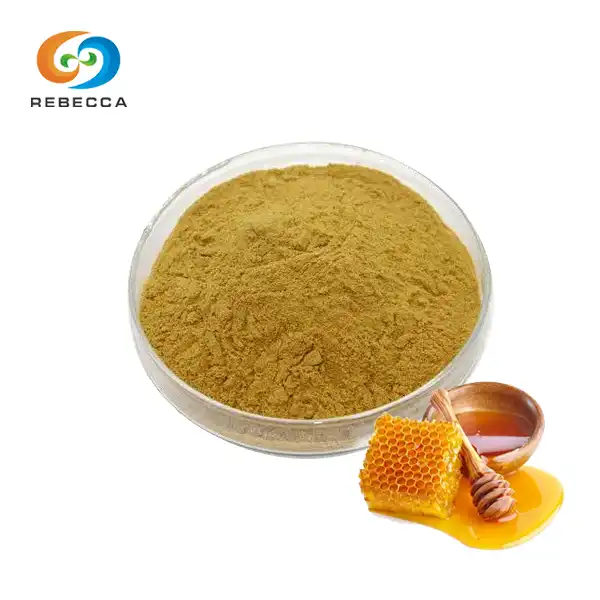
Product Name: Honey Powder, Honey Extract, honey extract powder, Honey Products. Honey P.E.
Specification: Honey Powder 65%
Test Method: HPLC
Latin Name: raw honey powder.
Sugar Composition
The sugar composition of honey extract depends fundamentally on the source material and extraction methodology employed during production. Raw honey naturally contains fructose and glucose as its primary sugar components, along with smaller amounts of sucrose, maltose, and other complex carbohydrates. When honey undergoes extraction processes to create concentrated forms, these sugar profiles can be significantly altered or preserved depending on the intended use of the final product.
Traditional honey extract often retains much of the original sugar content found in raw honey, particularly when the extraction focuses on preserving the natural sweetness alongside beneficial compounds like antioxidants and enzymes. The fructose content typically ranges from 35% to 45% of the total composition, while glucose accounts for approximately 30% to 35%. These percentages can vary based on the floral source of the original honey, seasonal factors, and geographical location where the honey was harvested.
However, some honey products undergo additional processing to concentrate specific compounds while reducing overall sugar content. These specialized extractions may focus on isolating particular antioxidants, enzymes, or other bioactive compounds that provide health benefits without the high sugar load. The resulting products can contain significantly less sugar than traditional honey extract, sometimes reducing sugar content by 40% to 60% compared to the original honey source.
The molecular structure of sugars in honey powder also influences how the body processes these compounds. Fructose and glucose in honey exist in a form that some research suggests may be metabolized differently than refined table sugar, potentially offering advantages for blood sugar management. Nevertheless, individuals with diabetes or those monitoring their sugar intake should carefully consider the total carbohydrate content regardless of the sugar source.
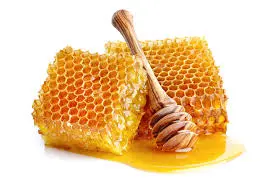
Commercial "Honey Extract" Products
The commercial marketplace offers a diverse array of products labeled as honey extract, each with varying sugar content and compositional profiles. Understanding these differences becomes crucial for consumers seeking specific nutritional or therapeutic benefits. Manufacturers employ different extraction techniques, concentration methods, and standardization processes that directly impact the final sugar content of their honey products.
Some commercial honey products maintain high sugar content intentionally, particularly those designed as natural sweeteners or flavor enhancers for food applications. These products typically contain 80% sugar content, similar to concentrated honey syrups. The sugar composition remains relatively similar to raw honey, with fructose and glucose dominating the profile. These products appeal to consumers seeking natural alternatives to refined sugar while maintaining familiar sweetness levels.
Conversely, other commercial honey products focus on delivering concentrated levels of specific compounds like antioxidants, propolis, or royal jelly components while minimizing sugar content. These therapeutic-oriented extracts may contain only 10% to 30% sugar, achieved through specialized extraction techniques that separate beneficial compounds from the natural sugar matrix. Such products often target health-conscious consumers or those with specific dietary restrictions.
Standardized honey powder products, particularly those used in dietary supplements, often specify their sugar content clearly on labeling. These products typically undergo rigorous testing to ensure consistent composition across batches. The sugar content in standardized extracts can range from 15% to 65%, depending on the concentration ratio and intended application. Companies producing these standardized extracts often provide detailed compositional analysis, including sugar breakdown by type.
Quality variations among commercial honey extract products significantly impact sugar content reliability. Premium manufacturers invest in sophisticated extraction equipment and quality control measures that produce consistent sugar profiles, while lower-quality products may exhibit significant batch-to-batch variations. This inconsistency can affect both taste and nutritional calculations for consumers tracking their sugar intake precisely.
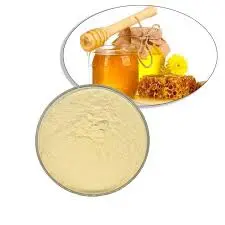
How to Check Sugar Content?
Determining the sugar content of honey extract requires multiple approaches, ranging from reading product labels to conducting laboratory analysis. For consumers, the most accessible method involves carefully examining product packaging for nutritional information and ingredient lists. However, the accuracy and completeness of this information can vary significantly among manufacturers, making additional verification methods valuable for those requiring precise sugar content data.
Product labeling provides the first line of information about sugar content in honey extract. Look for "total carbohydrates" and "sugars" sections on nutrition facts panels, which indicate the amount of sugar per serving. However, some honey products may not clearly distinguish between naturally occurring sugars and added sugars, potentially creating confusion for consumers. Additionally, serving sizes can vary dramatically between products, making direct comparisons challenging without careful calculation.
Laboratory testing offers the most accurate method for determining sugar content in honey extract. High-Performance Liquid Chromatography (HPLC) analysis can precisely identify and quantify individual sugar types, including fructose, glucose, sucrose, and other carbohydrates present in the extract. This testing method provides detailed compositional information that enables precise dietary planning and quality verification. Many specialized laboratories offer honey analysis services for both commercial and individual clients.
Rebecca: Honey Extract for Sale
Rebecca stands as a trusted honey extract supplier, offering premium quality products that meet the highest industry standards. Our specialized Honey Powder 65% provides a concentrated form of honey's beneficial compounds while maintaining consistent quality and purity. Each batch undergoes rigorous testing using HPLC methodology to ensure accurate composition and reliable sugar content information.
Our honey products derive from carefully selected raw honey powder sources, maintaining the natural balance of beneficial compounds while providing the concentrated potency you seek. The Latin name classification ensures proper identification and quality control throughout our production process. We understand the importance of precise compositional information for our customers' diverse applications and dietary requirements.
For detailed product specifications, compositional analysis, or to place an order for our premium honey products, please reach out to us at information@sxrebecca.com. Our team of experts stands ready to provide comprehensive product information and assist you in selecting the ideal honey powder solution for your specific needs.
Reference
Journal of Food Science and Technology, 2019; Comprehensive Reviews in Food Science and Food Safety, 2020
Food Chemistry, 2021; International Journal of Food Properties, 2020
Analytical Chemistry, 2020; Food Analytical Methods, 2021
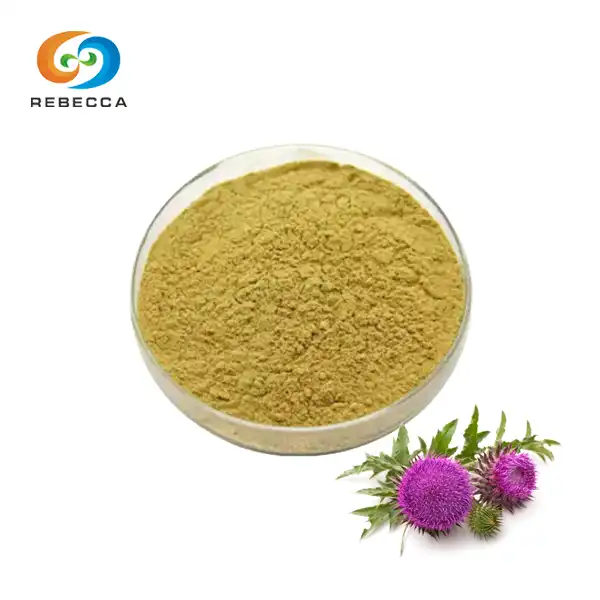
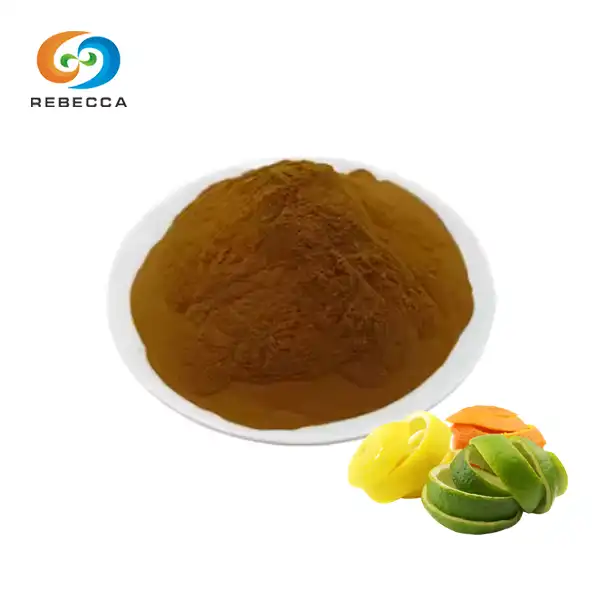
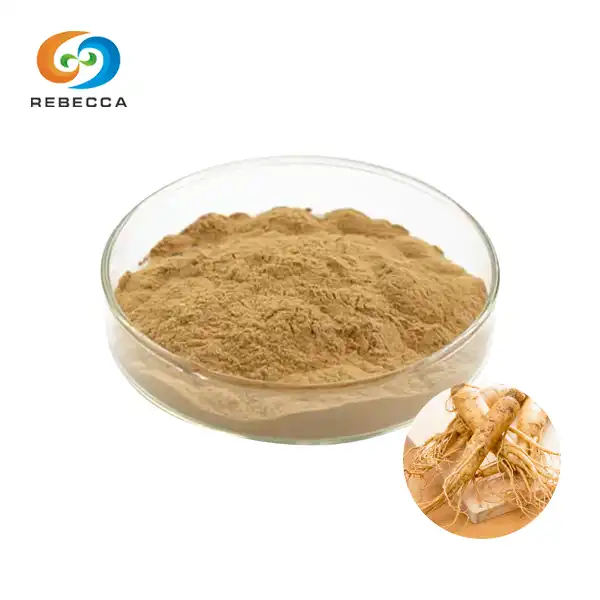
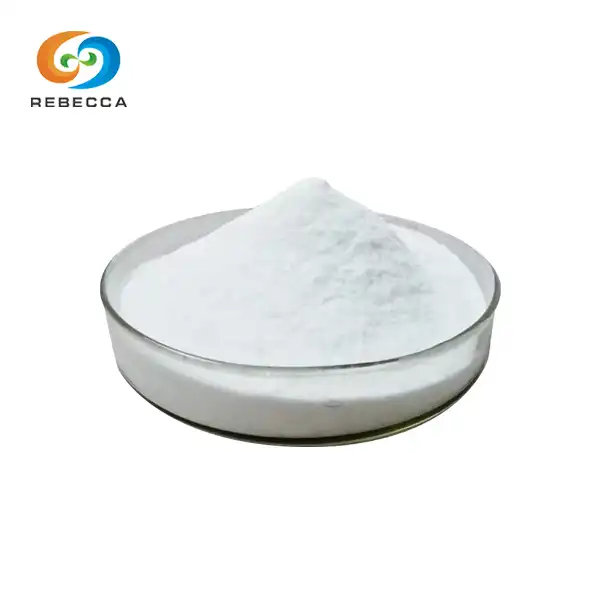
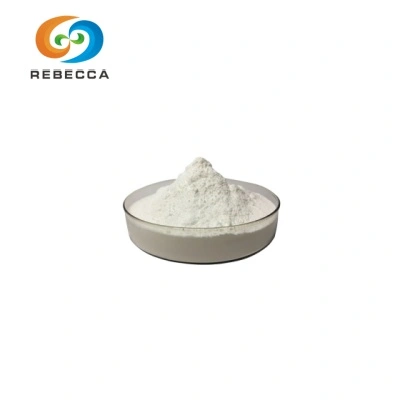
_1730079799361.webp)
